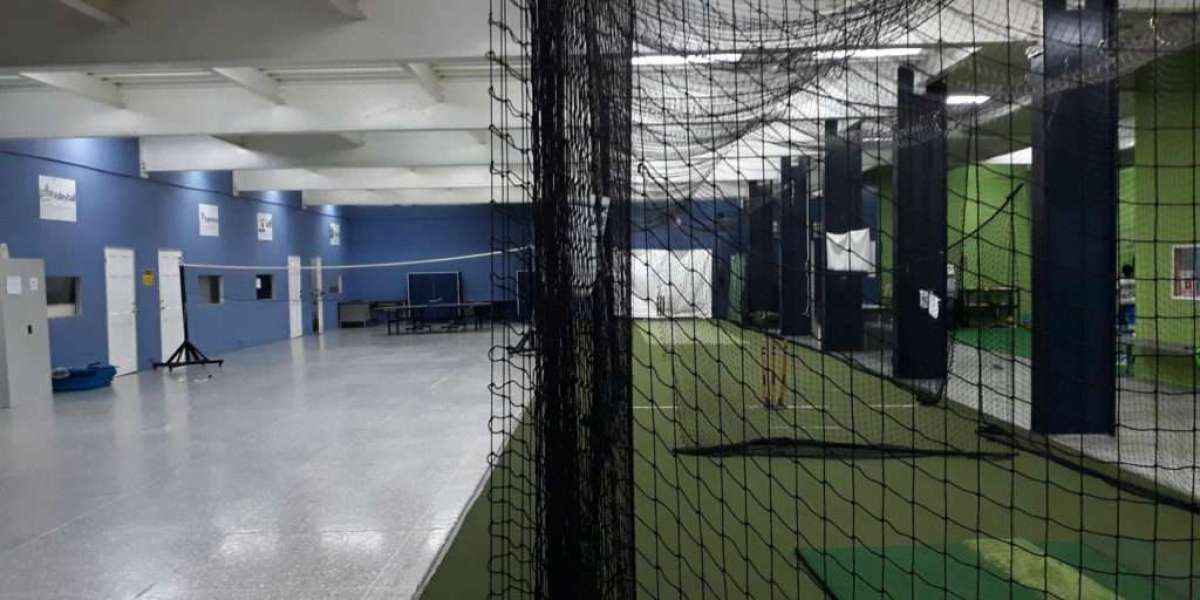In every goal scored, point contested, or ball stopped, a sports net plays a quiet yet critical role. While players, tactics, and gear often dominate discussions in the sports world, nets have been quietly evolving for over a century—changing in form, material, and function.
The evolution of sports nets is a story of innovation driven by need. What began as crude rope boundaries has transformed into an industry of engineered, sport-specific, and technology-integrated netting solutions. Their journey reflects the advancement of sports from casual play to professional competition, and from local fields to global arenas.
This article delves into how sports nets have grown and adapted, meeting the demands of changing sports, stricter regulations, improved safety standards, and modern technology.
1. Ancient Roots and Primitive Uses
The earliest evidence of nets being used dates back to ancient civilizations—not in sports, but in daily life. Fishing nets, hunting traps, and woven barriers were integral to survival. Over time, as societies began embracing organized play and sport, these utilitarian tools found a new home in athletic settings.
The Earliest Sports Nets
In ancient forms of games like Jeu de Paume (a predecessor to tennis), rope lines acted as nets.
By the 1800s, more formalized sports such as tennis, badminton, and volleyball began using nets as core components of gameplay.
Soccer and hockey originally didn’t have nets at all—goals were judged visually, often resulting in disputes.
Early nets were made of natural fibers like cotton, hemp, or flax—handwoven and prone to deterioration. Still, they laid the groundwork for the sophisticated netting systems we use today.
2. The Standardization Era: 19th–Early 20th Century
As sports became more structured with formal rules and governing bodies, the need for standard equipment grew—including nets. Uniform dimensions and materials were introduced to ensure fairness and consistency.
Key Developments
Lawn tennis (1870s) standardized net height and length.
Soccer nets were introduced in 1891 to settle scoring disputes.
Badminton and volleyball adopted regulation net designs for international play.
The use of cotton twine was common during this period, offering better strength and easier production via industrial looms. However, these nets still suffered from issues like water absorption, fraying, and mildew—especially in outdoor use.
3. Synthetic Breakthroughs: Stronger, Lighter, Smarter
The real revolution in the evolution of sports nets came in the mid-20th century with the rise of synthetic materials like nylon, polyester, and polyethylene. These materials brought numerous advantages:
Why Synthetics Took Over
Weather resistance: No rotting, even with rain and sun exposure.
Durability: Withstood powerful strikes in sports like soccer, baseball, and cricket.
Low maintenance: Could last years without major degradation.
This era also introduced knotless netting, reducing weak points in the mesh and making nets safer and more durable. Sports from golf to gymnastics began adopting netting for both gameplay and protection.
4. The Rise of Sport-Specific Net Engineering
As sports science advanced, so did the understanding that different sports require different net properties. The 1980s and 1990s saw a sharp rise in specialized netting solutions for each discipline.
Custom Features Based on Sport
Soccer: Deep box or stadium-style nets designed to absorb powerful shots.
Baseball: Batting cages and backstop nets made to contain high-velocity balls.
Cricket: Enclosed net lanes for safe and controlled practice sessions.
Golf: High-tension, small-mesh nets for impact absorption and rebound control.
Designers also accounted for mesh size, break strength, and environmental exposure, ensuring each net performed optimally in its sport.
5. Safety Nets: Protecting Players and Spectators
With increasing athletic power and faster-paced games, safety became a major concern—especially in contact and projectile-heavy sports.
Nets as Safety Infrastructure
Baseball stadiums installed extended backstop nets to protect spectators.
Hockey arenas added netting above glass barriers to stop flying pucks.
Cricket grounds began surrounding spectator areas with tall protective nets.
These safety-focused nets had to meet strict regulations, with many countries introducing guidelines for tensile strength, flame resistance, and UV stability.
6. Enter the Digital Age: Smart and Interactive Nets
Today’s sports nets are no longer passive elements—they’re evolving into interactive training and data tools. Thanks to technology, nets can now monitor performance, detect scores, and even help with officiating.
Examples of Smart Net Technology
Goal-line technology in soccer relies on sensors and cameras aligned with the net to determine valid goals.
Smart tennis nets detect serve placement, net touches, and fault lines.
Rebounder nets in football training help improve ball control, passing accuracy, and solo drills.
With AI and sensor integration, sports nets are being used to collect real-time analytics, aiding athletes, coaches, and referees in ways never previously imagined.
7. The Push for Sustainability in Net Production
The world is growing more environmentally conscious, and sports net manufacturers are following suit by exploring eco-friendly alternatives.
Sustainable Innovations
Recycled fishing nets and plastics are now being repurposed into sports netting.
Biodegradable options are being trialed for events or seasonal use.
Modular designs enable nets to be reused across sports, reducing waste.
This shift is especially important for schools, amateur leagues, and community facilities, which often replace nets frequently due to heavy use.
8. The Future: Customization, AR, and Beyond
Looking ahead, the next phase of evolution will likely focus on customization, automation, and integration with augmented reality.
What We Might See Next
Auto-adjusting nets that can shift height or tension for different drills or users.
AR overlays on nets for virtual scoring zones or training feedback.
3D-printed net systems tailored to fit any playing space.
As sports become more data-driven and immersive, nets will play a bigger role not just in defining play—but enhancing it.
Conclusion: More Than Just Mesh
From humble beginnings as rough rope barriers to today’s high-tech, sport-specific tools, sports nets have undergone a remarkable transformation. Each advancement—whether in material, safety, or smart integration—has made sports more accessible, enjoyable, and secure.
So the next time a ball hits the back of the net, or a training drill bounces back just right, remember: it’s not just a net. It’s a product of over a century of quiet innovation, holding the game together, one strand at a time.



